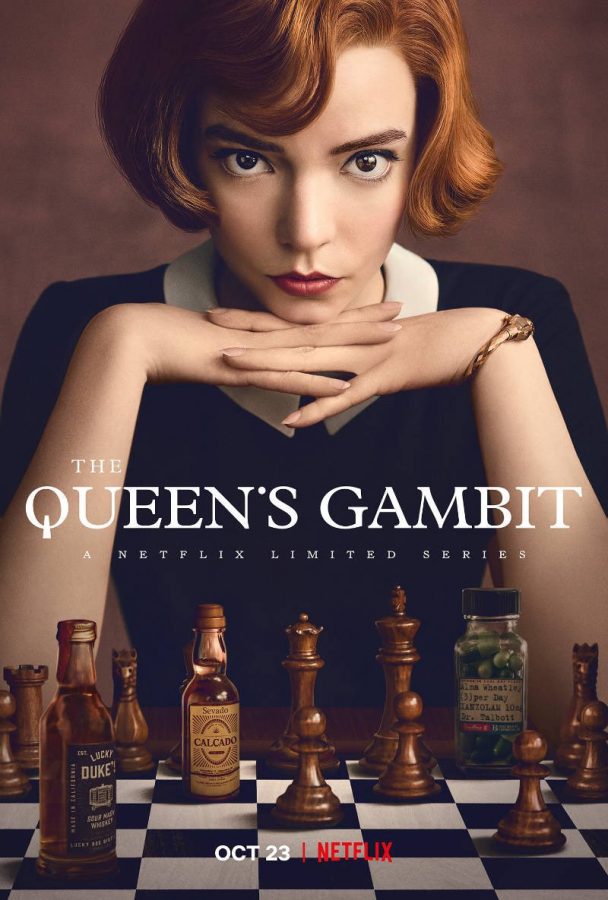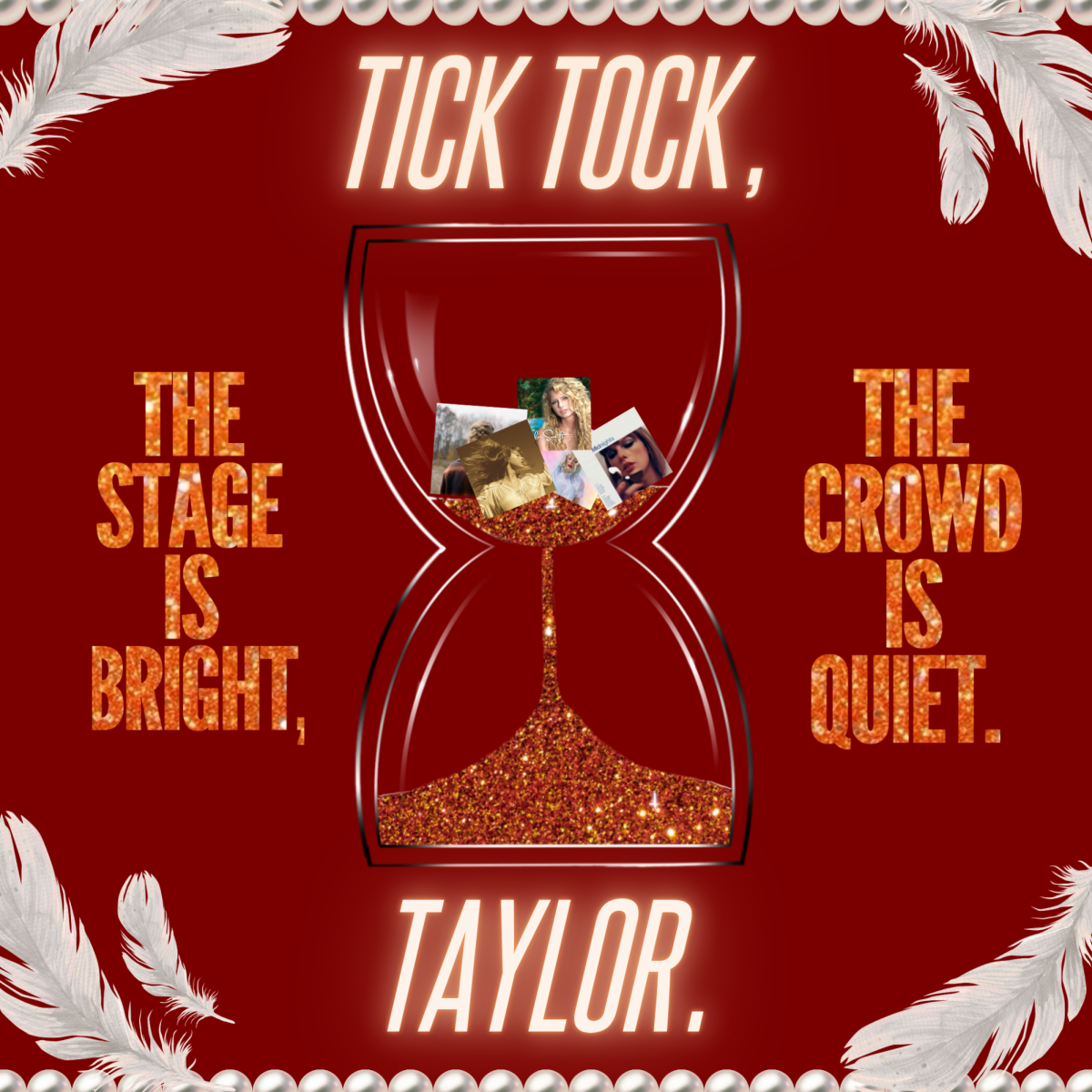Beautiful with an incomplete plot: A review of “The Queen’s Gambit”
November 12, 2020
In angled shots and sunken colors, “The Queen’s Gambit” chronicles the rise of chess starlet Beth Harmon, beautiful in direction and design, yet lacking in plot and substance.
The Netflix mini-series contains the story in seven episodes set in the 1950s and ‘60s, starring Anya Taylor-Joy. Clear-eyed and shifty, Joy plays Harmon as a teenager and adult, who is orphaned as a child and adopted at 15.
In an archetypal mad genius storyline, Harmon becomes addicted to sedatives after taking them at her orphanage and later couples them with alcohol as she rises in the chess world. This plot dulls the shine of the direction, as Harmon never truly confronts the addiction and that storyline never gains substance.
The dialogue, though perfectly choppy and tight for Harmon, deflates the plot for other characters. Alma Wheatley, played by Marielle Heller, Harmon’s adoptive mother, must contend with particularly overemotional lines with tender acting.
All the characters’ acting brightens the production, with proper intensity and fine tuned emotion. Joy’s hand movements when playing chess entrances the audience, capturing Harmon’s state of mind with ballet-like flourish.
The design also sharpens the show. The sets, including Kentucky, Mexico City and Moscow are almost Gothic. All offer a subdued and tired beauty, enhanced by the mourning allure of ‘60s fashion.
As the narrative trods on, this design crystallizes into that of a noir film, with a darkened tournament room, the only light hanging over the chess board. The plot conversely weakens, culminating in a predictable and diluted ending.
The series feels both too long and too short, dashed by the screenwriting. The unfulfilled plot lines shortens the show, while the over-sentimental dialogue extends it beyond comfort.
“The Queen’s Gambit” is beautiful and fierce, with orchestral settings where the acting flowers. Its only deficiency is in its narrative, basic in comparison to the rest of the production.
The show acts as an insubstantial pastime, a place to revel in the design and to overlook the overly sentimental.
Watch it to pass a sleepy, unwary Sunday, not for a keen-eyed Friday.
3.5/5 stars






























